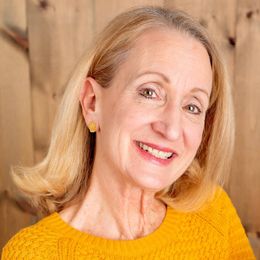6 Strategies for Practicing Safe Yoga at Home
Yoga can help us age well, if we listen to our bodies and work with experienced instructors
As pandemic-fatigued Americans look for ways to boost their immune systems, calm their nervous systems and enhance strength, balance and flexibility, yoga has become a go-to activity for millions. While many yoga studios have closed, there's been a boom in online yoga offerings ̶ ̶ everywhere from Zoom and Facebook Live to YouTube videos, TV channels and streaming services. It's never been easier to take a yoga class in the privacy of your own home.
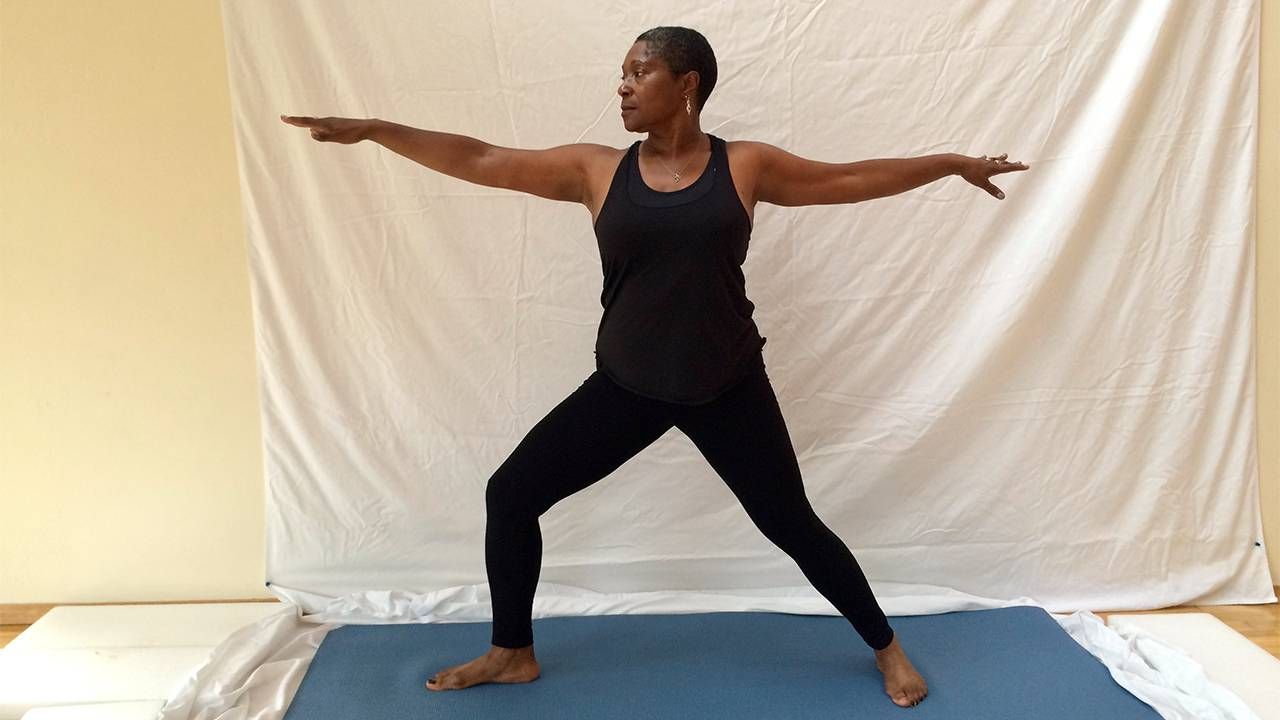
The benefits can be substantial, with a growing body of research suggesting that yoga helps people age well. For example, regular yoga practice has been shown to improve blood pressure, heart rate and insulin resistance, relieve anxiety and depression, ease back pain, alleviate sleep problems and enhance the mental and physical health of sedentary adults with arthritis.
A good yoga teacher will act as a guide ̶ ̶ not a drill sergeant.
So, it's not surprising to learn that the number of yoga practitioners in the United States has more than doubled over the last decade to 36.7 million. And despite media images that portray yoga enthusiasts as young and bendy, more than a third of Americans who practice yoga are aged 50 and older.
It's important to recognize that, like any form of physical activity, yoga also carries potential risks ̶ ̶ with older adults more likely than younger people to get hurt doing yoga. And practicing on your own without a teacher's supervision, which occurs in virtual yoga classes, may increase the risk of injury.
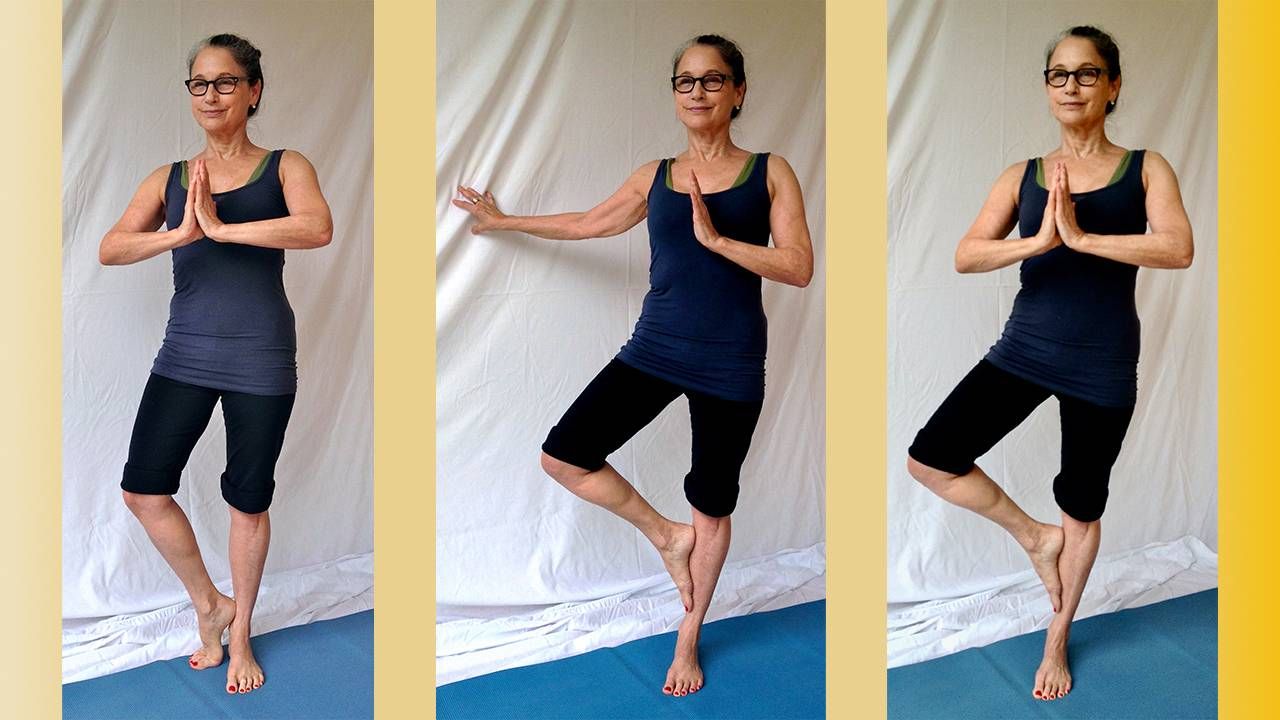
As a yoga therapist who has been teaching in medical settings for more than 20 years, I've found it distressingly common to hear stories about negative experiences and injuries people have sustained in yoga classes. Now that classes have moved online, I'm hearing about injuries incurred when a well-intentioned daughter or son encourages their parent to join them in their favorite Zoom yoga class.
These stories suggest that, all too often, people take classes that are inappropriate for them or are taught by inexperienced or poorly trained instructors or both.
If you haven't sat cross-legged on the floor in 20 years, it may be unwise to pick a class that requires this position.
Unfortunately, many yoga teachers have a limited understanding of safely considerations that are essential when working with mature bodies and people with health challenges such as heart disease, osteoporosis and arthritis. Some commonly taught yoga postures such as straight-legged forward bends and breath-holding practices may be risky for older adults.
Fortunately, there is a growing recognition of the importance of safe yoga practice along with professionalization of the emerging field of yoga therapy.
To gain the myriad benefits of yoga ̶ ̶ and reduce the risks ̶ ̶ here are six strategies to help people in midlife and beyond age well with yoga:
1. Recognize that yoga classes vary widely in style and substance. Yoga practice can run the gamut from vigorous and athletic to relaxing and restorative, so it's important to find a class that's appropriate for your abilities, medical challenges and health goals.
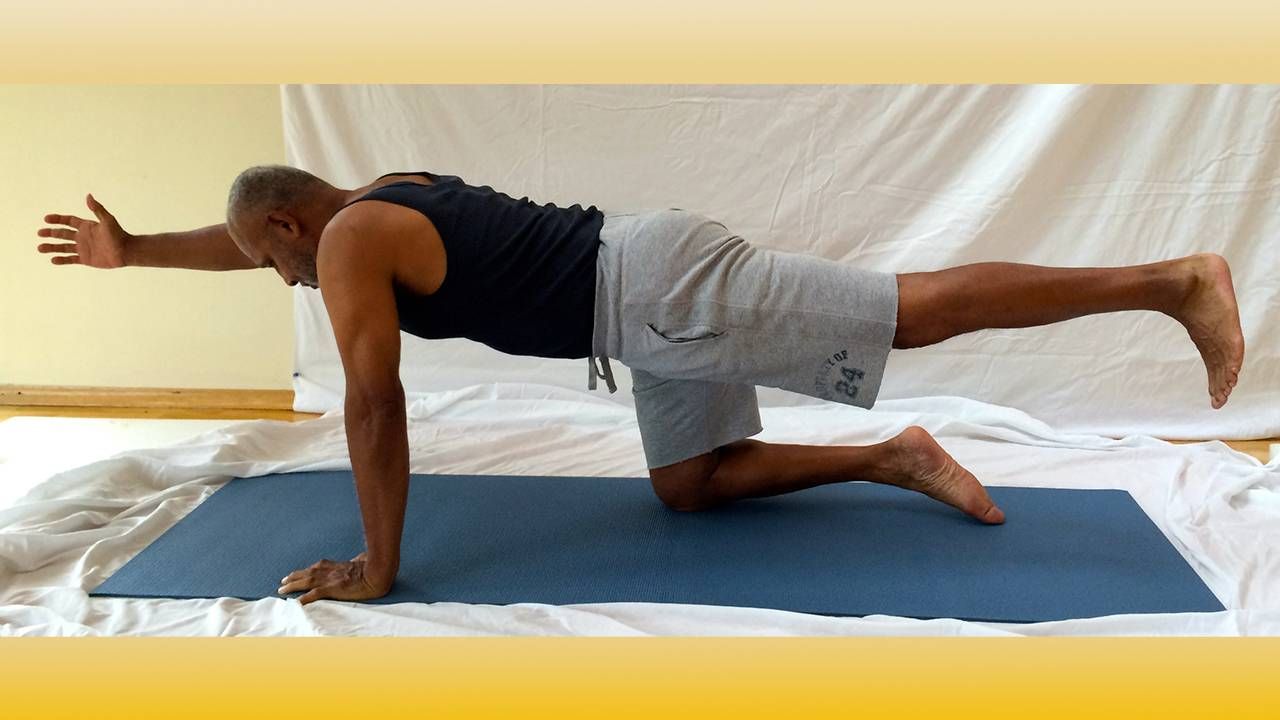
Classes designed for mature bodies often have names such as Yoga Over 50, Gentle Yoga, Senior Yoga and Yoga for the Rest of Us. Hospital-based wellness or integrative medicine centers may also sponsor classes for people with specific ailments such as cancer or back pain.
2. Find a well-trained, experienced teacher. Look for a seasoned instructor who has special training or experience in teaching older adults. Consider watching a class first, to see if it's suitable, which can be a good way to assess the instructor. A good yoga teacher will act as a guide ̶ ̶ not a drill sergeant ̶ ̶ and use invitational, inclusive language to help you explore what works best for your body, heart and mind.
If you have health challenges, consider starting out by working one-on-one with a certified yoga therapist. Many of these offer virtual sessions where they can observe you as you practice and offer guidance tailored to your individual needs.
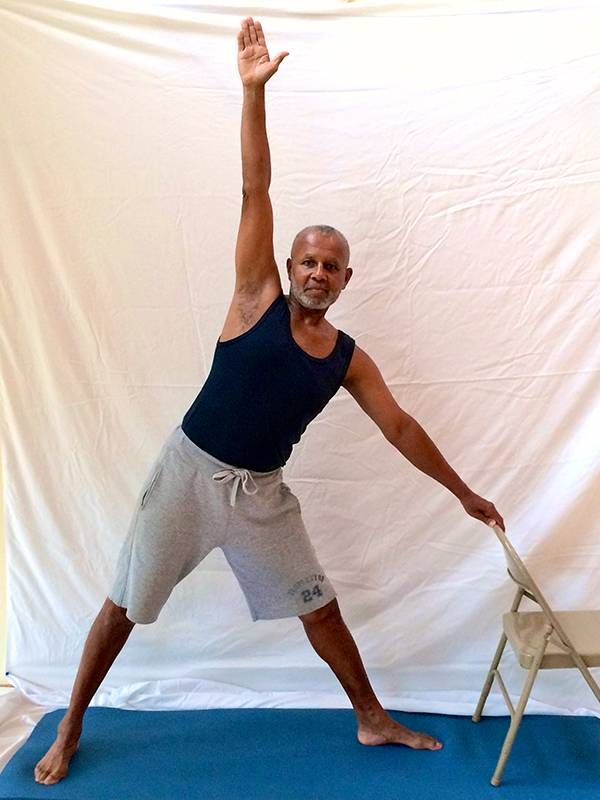
3. Start where you are, not where you think you should be. If you're new to yoga, try a beginner's class ̶ ̶ even if you're fit and active ̶ ̶ because yoga is not just about what you do, it's about how you do it.
Unlike Western exercise, the yogic approach is to balance effort with surrender, which can be surprisingly difficult for people used to our culture's emphasis on striving and competing. For many people, learning NOT to push themselves, or rush or be ambitious to look a certain way, can be one of the most challenging ̶ ̶ and therapeutic ̶ ̶ parts of the practice.
Give yourself time to learn the yogic technique of moving into a posture to a point where you feel challenged, but not to a place of strain. The yogic practice of "satya" (truthfulness) asks us to be honest. So, if you haven't sat cross-legged on the floor in 20 years, it may be unwise to pick a class that requires this position.
4. Talk to your health care provider. If you have medical issues, get guidance about any specific movement precautions. For example, people with glaucoma may be advised to avoid "head-down" positions, which may increase pressure in the eye. If you've had a recent joint replacement, be sure you are cleared for activity by your surgeon.
Recognize, however, that many physicians don't know much about yoga and may assume that you're planning to stand on your head. Let your health care provider know that you're interested in starting with a gentle yoga class consisting of simple movements, stretches and breathing practices.
5. Educate yourself about movement considerations specific to your health issues. If you have low bone density, for example, bending forward from the waist or twisting your spine to the point of strain may increase your risk of fracture.
Our Relax into Yoga safety recommendations offer guidance on how to modify some common yoga postures.
6. Be aware that you're never too old to try yoga. You don't need to be fit or flexible or young. The only thing you need to be able to do to practice yoga is to breathe.
